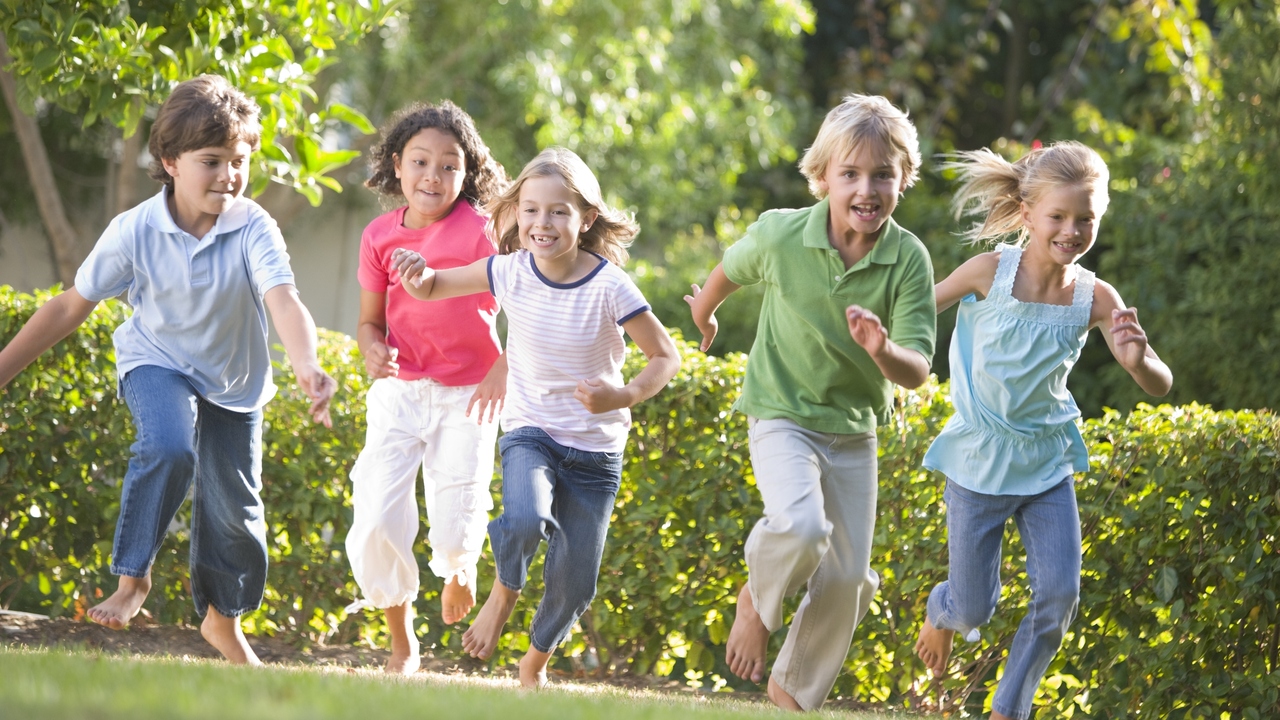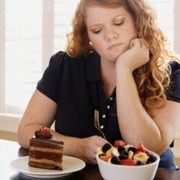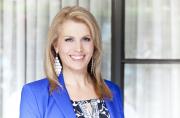 MonkeyBusiness Images/PhotoSpin
MonkeyBusiness Images/PhotoSpin
Fitness should be timeless, and a lifelong commitment. However, fitness should also be fun. As a mother of a toddler and now a newborn, I love to watch the little ones' attitudes toward fitness. It is just part of play, and an innate part of each day.
There is no second thought, but most likely a motivating thought like, “I have to run as fast as I can, so I can get that ball over there!” Wouldn’t it be great if we could spend each day like that and expend all of that energy, aka calories?
If you have a young child who is less active getting them involved in a baby or toddler fitness class is a great way to get them started. There are many venues which encourage kids to do the things that they are excited to do at this stage of development.
They learn to roll over, to sit up by themselves, to crawl, to walk, and to climb. Fun games and interaction with other kids and mom will encourage them to not only develop these skills, but to also develop a healthy attitude toward exercise.
For many school-age kids, exercise means playing and being physically active. Kids exercise when they have gym class at school, soccer practice, or dance class. They're also exercising when they're at recess, riding bikes, or playing tag and at the playground.
The Mayo Clinic also suggests getting creative. “If your child is artistically inclined, take a nature hike to collect leaves and rocks for use in a collage. If your child likes to climb, head for the nearest jungle gym. If your child likes to read, walk or bike to a local library for a book. Or simply turn on your child's favorite music and dance in the living room.”
As children move into adolescence, it is especially important to keep encouraging them in their sport or activity because it is during this time that teens drop out of organized sports. According to an article on Kidshealth.org, “It's recommended that teens get at least 1 hour of physical activity on most, preferably all, days of the week.”
Parents should home in on their child’s interests and encourage them to participate in a sport or movement activity such as cheer or dance, in-line skating, horseback riding, etc. Kidshealth.org also suggests that teens find active part-time jobs such as “camp counselors, babysitters, or assistant coaches for young sports teams.”
As you venture into your 20s FitnessMagazine.com says it is a time for adventure. “Take advantage of this need to explore by trying new types of workouts.” Fitness expert Kathy Kaehler was cited as saying, "It's the perfect age to power through all types of activities, because your body is highly resilient.”
So, go hang ten, zipline, hike, mountain climb and repel. But, as Kaehler says, “Don’t overtrain.”
In your 30s it may take a little more work to reach your goals. Fitness experts such as myself recommend upping your resistance training.
The reason it is harder to maintain a healthy weight, according to an article on Oprah.com, is this: “After age 20, your basal metabolism drops by 1 to 2 percent every decade, and as lean muscle decreases and body fat increases, you don't need as many calories to sustain yourself.”
As we get older, exercise becomes even more important. I always say your 30s can make or break you, but your 40s can ultimately “take you” to the next level whether it be good or bad.
Mark Tarnopolsky, of the McMaster University Medical Center in Ontario told Women’s Health Magazine, “This is the time when differences between the fit and unfit really start to show.”
This is my decade right now, and from experience I can tell you that retaining muscle mass is so important, yet for some reason more difficult. The article on Women’s Health says it is due to the fluctuations in muscle and bone mass.
“Retaining fat-burning muscle is critical to keeping your weight in check. It will not only prevent you from going up a few dress sizes but also help you fight off serious stuff like heart disease, diabetes, arthritis, and cancer.”
Your 50s can literally lift you into fit middle-age years. The reason according to Health.com is that, “Bone density peaks at age 30 and then starts to drop.” Strength training at least twice a week can help offset the loss of bone density.
If you are new to strength training you can always start with a light resistance band and then progress to a heavier one or to weights.
Continuing a routine into your 60s and beyond is important for what I like to call “lifeskills.”
The Centers for Disease Control and Prevention agrees, stating that, “As an older adult, regular physical activity is one of the most important things you can do for your health. It can prevent many of the health problems that seem to come with age. It also helps your muscles grow stronger so you can keep doing your day-to-day activities without becoming dependent on others.”
There are many classes, groups and specialty trainers who cater to this segment of the population. I recommend finding a trainer or instructor who has knowledge of both post-rehab or caters to those with contraindications or injuries.
Sources:
“Kids and Exercise– MayoClinic.com.” The Mayo Clinic. Web 25 Feb. 2015.
http://www.mayoclinic.org/healthy-living/fitness/expert-answers/kids-and...
“Fitness and Your 13-18 Year-old – KidsHealth.org. Kids Health. Web 25 Feb. 2015.
http://kidshealth.org/parent/nutrition_center/staying_fit/fitness_13_18....
“Fight Fat at Any Age: Exercises for Your 20s, 30s, and 40s – FitnessMagazine.com.” Fitness Magazine. Web 25 Feb. 2015.
http://www.fitnessmagazine.com/workout/lose-weight/burn-fat/fight-fat-at...
“The Decade by Decade Guide to Exercise – Oprah.com.” Oprah Magazine. Web 25 Feb. 2015.
http://www.oprah.com/health/Exercise-for-Your-20s-30s-40s-50s-and-60s_1/...
“Stay Strong in Your 40’s – WomensHealthMag.com.” Women’s Health Magazine. Web 25 Feb. 2015. Web 25 Feb. 2015.
http://www.womenshealthmag.com/fitness/stay-strong-in-your-40s
“Fit at Any Age: Your 50s Strength Workout – Health.com.” Health Magazine. Web 25 Feb. 2015.
http://www.health.com/health/gallery/0,,20365122,00.html
“How much physical activity do older adults need? – CDC.gov.” The Centers for Disease Control and Prevention. Web 25 Feb. 2015.
http://www.cdc.gov/physicalactivity/everyone/guidelines/olderadults.html
Joanne Sgro-Killworth is a Television Fitness Expert, Certified Personal Trainer and Sport Nutritionist and Publicist. She is Certified in Pilates, Pre-natal/Post-Partum, Yoga and Senior Fitness. She specializes in Weight Loss, Post-Rehab and Post Cancer Training.
Joanne's fitness plans, recipes and lifestyle advice are available globally on her website http://www.happiwoman.com/ She resides in the Phoenix, AZ area with her husband and son, where she runs her fitness and publicity business, JSK PR, http://www.jskpr.com/
Reviewed February 26, 2015
by Michele Blacksberg RN
Edited by Jody Smith



Add a CommentComments
There are no comments yet. Be the first one and get the conversation started!